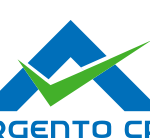Product
Trades
Resources
 QuickBooks
PricingTraining & support
QuickBooks
PricingTraining & support
Latest Resource

Construction bookkeeping & accounting
Cash flow mastery for contractors: Avoiding the trap of ‘profit without cash’




